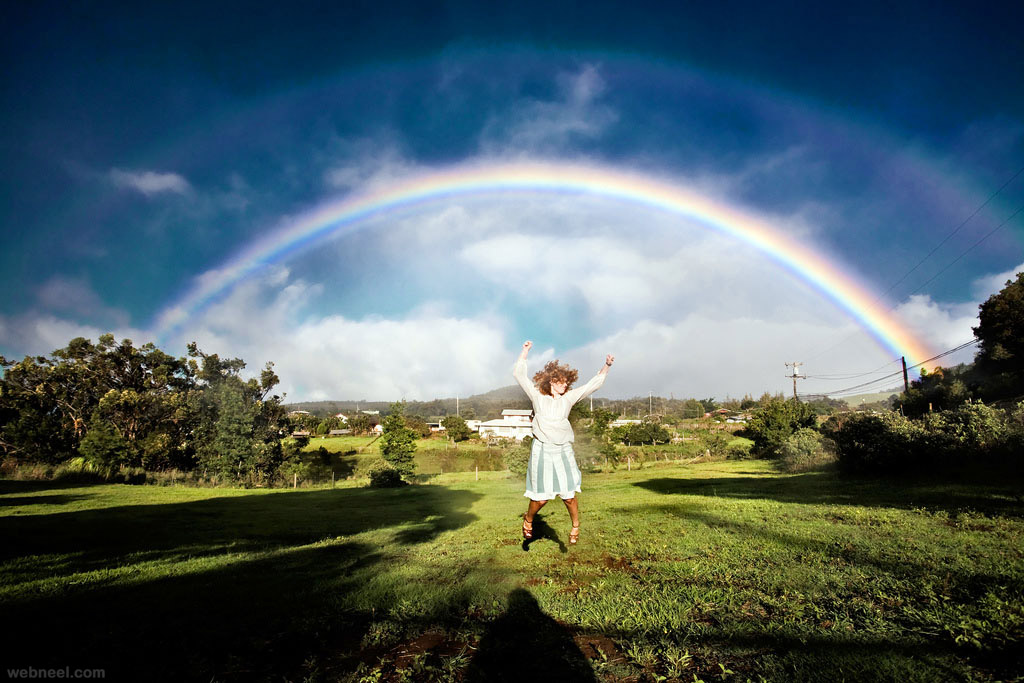
According to a press release by the Optical Society:įirst, they needed dark thunderclouds and either a heavy downpour or a rainstorm with nearly uniformly sized droplets. Lee figured this method out by reviewing descriptions of the scientific sightings of triple rainbows, then using a mathematical model – with colleague Philip Laven – to predict what conditions might produce visible triple rainbows. Where their pinky stops is where the third and fourth bands should be. Then they should splay their fingers so that the distance between their pinky and thumb is at about a 17 degree angle. He told that photographers should hold one hand out at arm’s length, with a thumb over the sun. Naval Academy, predicted a year ago how triple rainbows might be found and challenged rainbow chasers to find them. Raymond Lee, a professor of meteorology at the U.S. That might explain why only five scientifically knowledgeable observers had described tertiary rainbows during the past 250 years, prior to Michael Grossmann’s first true photo. They are hard to see because, to see them, you have to look into the sun’s glare. Triple and quadruple rainbows form around the sun, centered on it. Why are triple and quadruple rainbows so rare? Sky watchers know that – to see a single or double rainbow – you have to look opposite the sun.īut – to see a triple or quadruple rainbow – you have to look toward the sun. We’ve all seen single or even double rainbows. The shadow of the photographer’s head on the bottom marks the centre of the rainbow circle (antisolar point). Three reflections create a triple rainbow, and four a quadruple rainbow. When light is reflected twice inside water droplets, you see a double rainbow. When sunlight is refracted, or split, then reflected once in droplets of water, you see a single rainbow. In our culture, we consider them a symbol of hope and good luck. We all know about rainbows to some extent, because everyone loves to see one.
RAINBOW PICTURES SERIES
The work is described in a series of papers in a special issue – Issue 28 – of the journal Applied Optics from the Optical Society, published September 30, 2011. Some scientists believed triple and quadruple rainbows did not truly exist in nature, but now scientists have their proof.Ī new meteorological model provided the scientific underpinnings to find these rare and precious triple and quadruple rainbows. – a scientific society with 16,000 members around the world – there have been only five scientific reports of triple rainbows in 250 years. According to the Optical Society in Washington D.C. An Internet search reveals photos claiming to be triple and even quadruple rainbows – but apparently these images either aren’t real or aren’t true rainbows. Like many of you reading, I thought triple rainbows – three rainbows arcing through the sky at once – had been seen and photographed many times.

And it is likely we will see more photos of triple and quadruple rainbows in the years ahead. A scientific journal has accepted the first photos of a triple (tertiary) rainbow and a quadruple (quaternary) rainbow, both taken in summer 2011 in Germany.


 0 kommentar(er)
0 kommentar(er)
